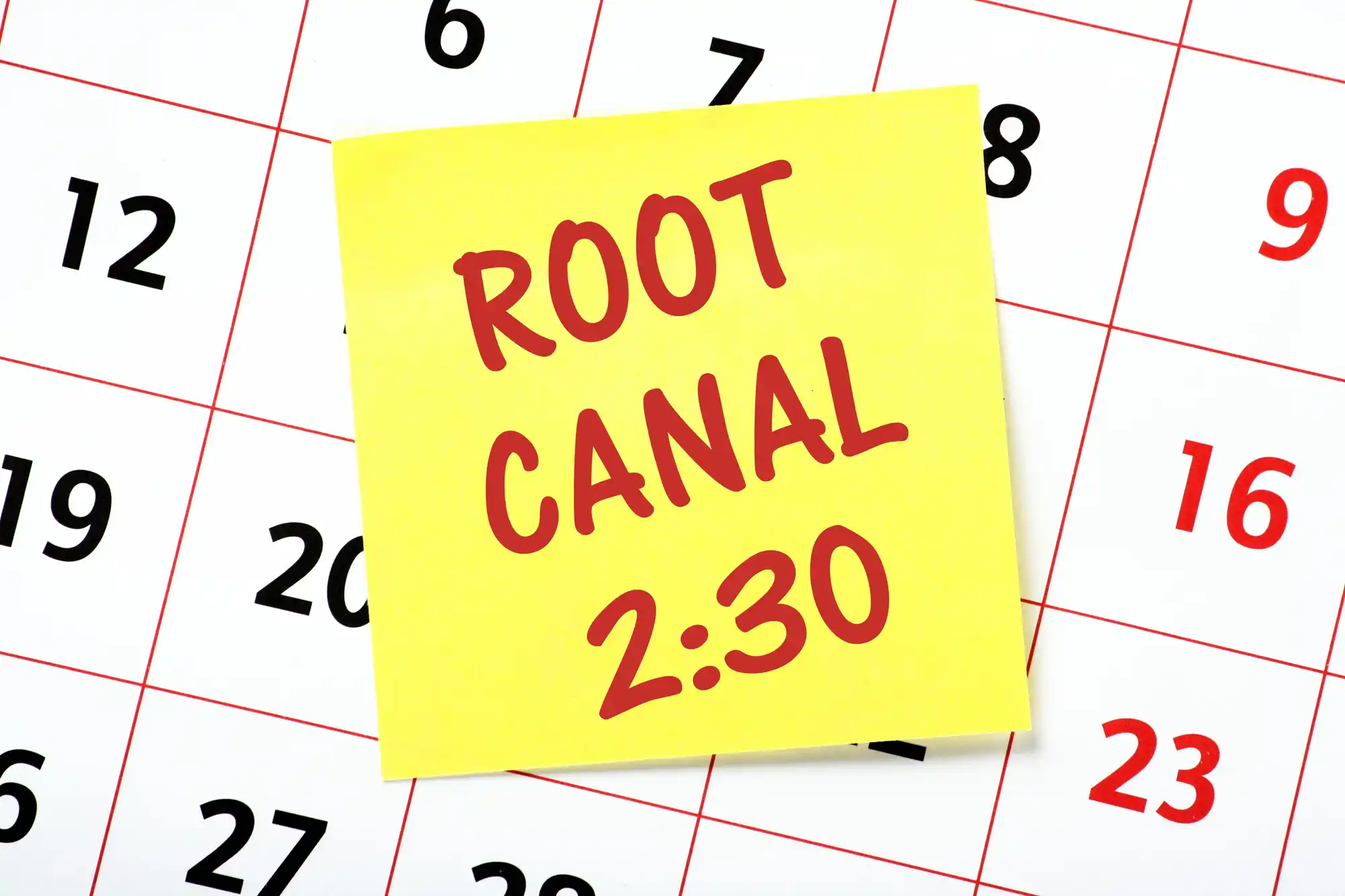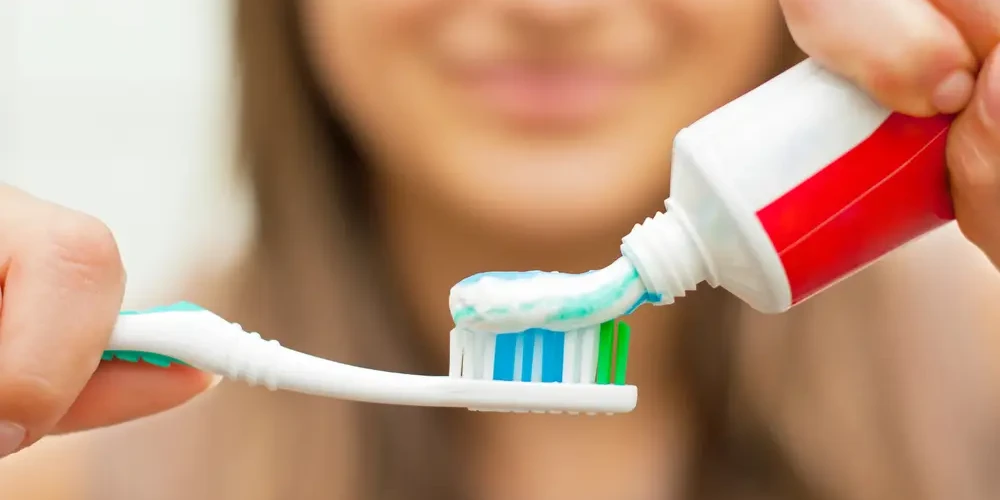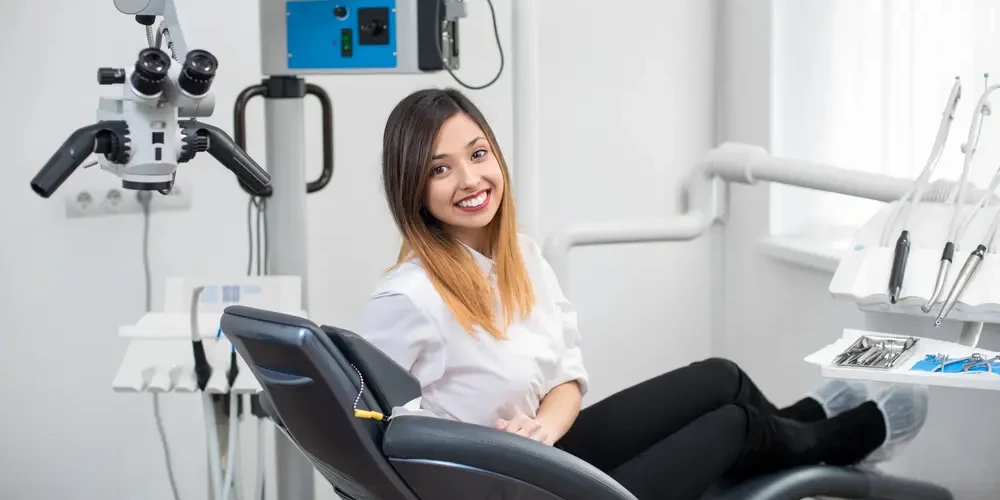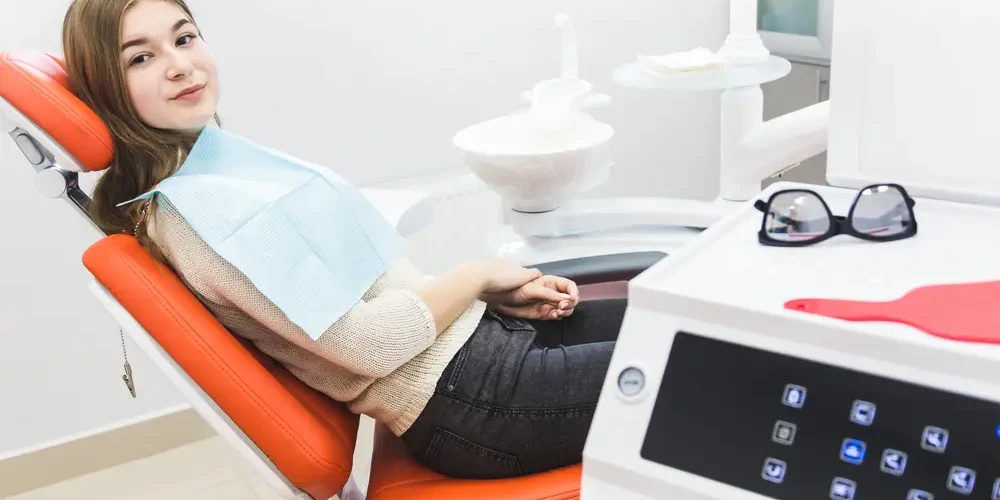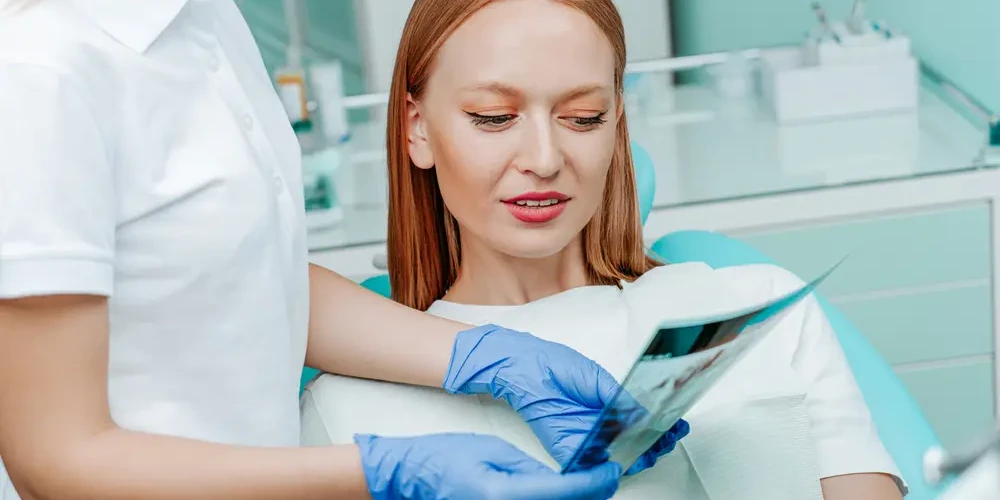You may also like
Best Whitening Toothpaste: A Guide to Brighter Smiles
Explore top whitening toothpastes for a brighter smile. Our guide highlights key products, ingredients & tips to remove stains & maintain oral health.
Wisdom Teeth Pain Relief —Soothe Wisdom Teeth
Discover a range of solutions for alleviating wisdom teeth pain, from home remedies to professional treatments, to ease discomfort and aid recovery.
Wisdom Tooth Pulled Infection
Discover the symptoms of infection following wisdom tooth removal, along with causes and treatments to aid healing and prevent further issues.
How Long Does Wisdom Teeth Removal Take
Find out how long wisdom teeth removal typically takes, including the procedure duration and factors that can influence the time needed for a successful extraction.

